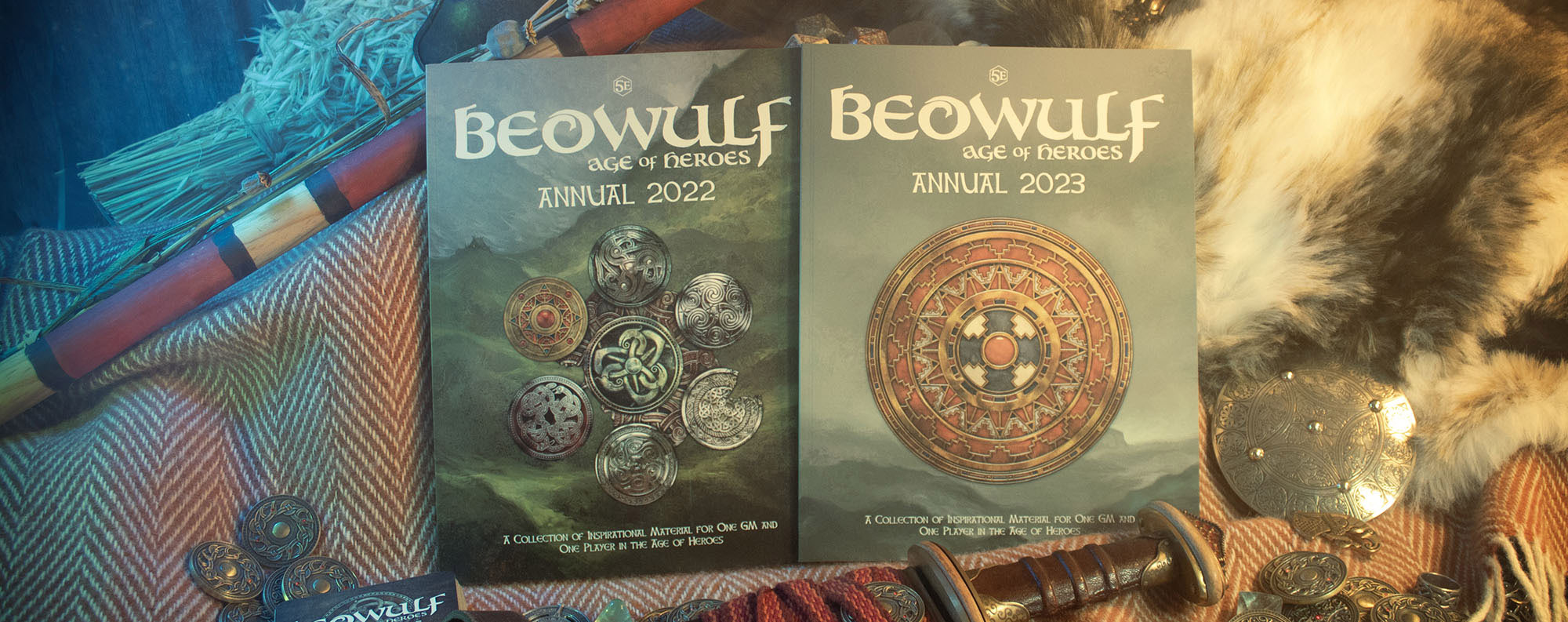This coming weekend (March 30-31st) it’s Conpulsion in Edinburgh, Scotland, and we will be there with our stall, as well as taking part in a bunch of talks. We have a long history with Conpulsion, even before Handiwork Games was a thing, so it’s always a delight to be in attendance and to be able to contribute to the show!
Innovation in Games Design
Saturday 13:15—13:45:
With: Tanya Floaker and Jon Hodgson
A panel looking at how you can innovate in games design to create better and more playable games, with insights from two experienced designers and publishers.
Jon Hodgson is a games designer, artist and writer, as well as the owner of Handiwork Games.
Tanya Floaker is a games designer active in the indie gaming scene and has successfully crowdfunded several innovative RPG projects.
See https://handiwork.games and https://floaker.itch
History and Gaming
Saturday 12:15—12:45
With: Aleksandra Brokman and Malcolm Craig
A panel about projects exploring gaming history and applying multimedia approaches from two celebrated ENnie-nominated games designers with strong links to Conpulsion.
Malcolm Craig, acclaimed author of a|state, Cold City and Hot War who is now a senior lecturer in history at Liverpool John Moores University. Malcolm is working with Handiwork Games as an integral part of his research work into the history of nuclear war in roleplaying games.
Aleksandra Brokman, acclaimed author of Wise Women and host of the Lamias actual play stream, has a series of Vampire the Masquerade essays on YouTube deep diving into the evolution of clans over the editions of the game.
See https://handiwork.games/cold-city-hot-war and https://ksandra.itch.io and https://www.youtube.com/playlist?list=PLKkMR3i11sDcJ6EHE56j6y8pcb-WAGZ5v&si=YeUxFRlUafkpqRk6
History in Games/Games in History: Live!
Saturday 14:15—15:00
With: Jon Hodgson and Malcolm Craig
Come and be part of a live recording of the History in Games/Games in History podcast. Not only listen to Jon and Malcolm like you can on the internet, but see them live and ask them questions too.
Dr Malcolm Craig is a senior lecturer in history at Liverpool John Moores University.
Jon Hodgson is a games designer, artist and writer, as well as the owner of Handiwork Games.
Together they fight crime talk about history in games and games in history!
See https://handiwork.games/history-in-games-games-in-history-podcast
20 years of a|state: Ask Me Anything
Sunday 13:15—14:00:
With: Malcolm Craig and Paul Bourne
Malcolm Craig and Paul Bourne, the creators of a|state, launched the first edition upon the world at Conpulsion 2004. Now available in a beautiful, full-colour Second Edition, Conpulsion 2024 gives you the chance to ask them anything about the game and their reflections of a|state’s 20 years.
See: https://handiwork.games/games/astate
Get your tickets for Conpulsion in Edinburgh here:









































